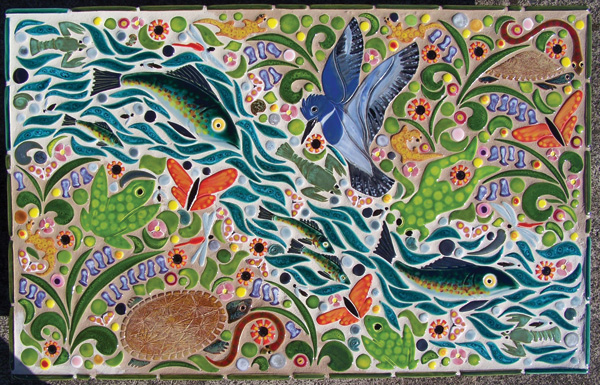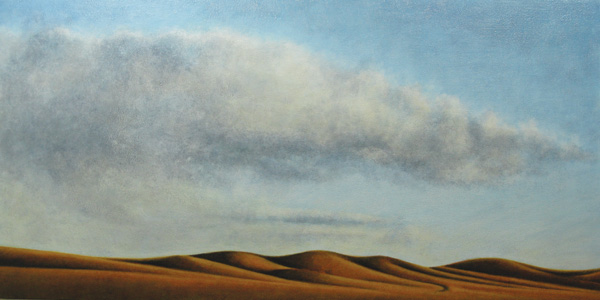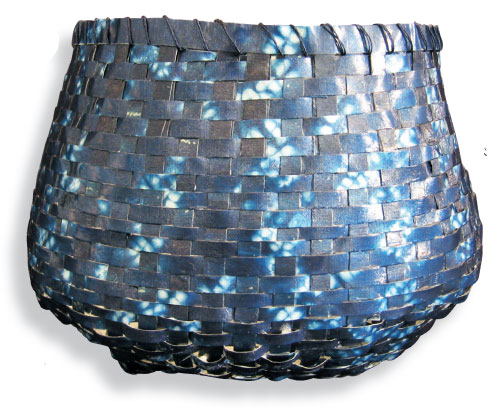Think tile is boring (like sterile white shower tiles or machine-made floor squares)? Think again. Bob and Iris Jewett, the creative forces behind Wilburton Pottery, a Bellevue, Wash., ceramics company, hand-make tiles that could (and often do) double as works of art. With more than 500 designs (including people, animals, fruit, fairies and regional natural features such as Mount Hood) and hundreds of border options, these tiles are truly treasures. “Because all of our tiles are handmade, no two are exactly alike,” says Iris. “And we’re interested in so many different things that we’re always getting new design ideas—from art books, customer requests and from nature. We live across the street from a 100-acre park, and Bob goes there to sketch.”






